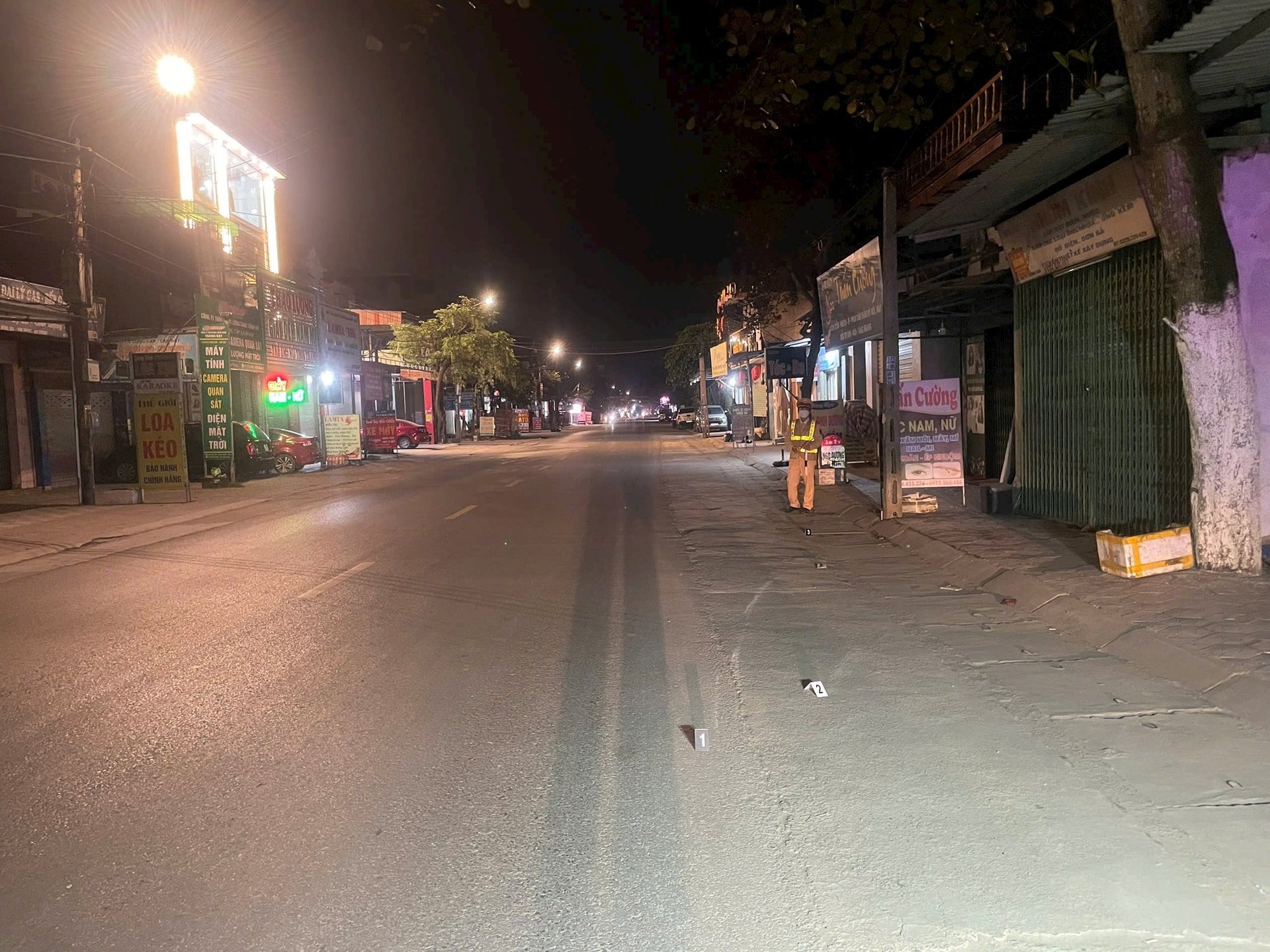A pitot tube blockage caused by a wasp nest is likely the cause of Birgenair Flight 301 crashing into the Atlantic Ocean, killing 189 people.

Boeing 757 - the plane crashed after taking off from Puerto Plata, Dominican Republic, February 6, 1996. Photo: Aero Icarus
"Don't back up, please don't back up... Oh, what's going on?" Twelve seconds later, the recording cuts out. These were the last recorded words of the pilot of Birgenair Flight 301 on February 6, 1996, departing from Puerto Plata, Dominican Republic, to Frankfurt, Germany. However, the plane crashed into the Atlantic Ocean. All 189 people on board, including 176 passengers and 13 crew members, were killed. So what happened?
As the plane began to take off, the captain of the Boeing 757 noticed that the airspeed indicator was not working, but continued flying as scheduled. This was the first error by the crew, according to scientist Geoff Dell, a professor at the Technical University of Ostrava who specializes in systems safety, risk management and ergonomics. "The takeoff should have been stopped and the reason for the erroneous airspeed indicator should have been investigated," Dell told Newsweek on May 21.
Shortly after takeoff, the “stick shaker” was activated, vibrating the pilot’s control stick to warn him that the plane was slowing dangerously. The autopilot was disengaged, and the plane began to veer off course and dive.
An investigation later concluded that one of the plane's three pitot tubes—pressure sensors that protrude from the fuselage and help measure airspeed—had become clogged. This could have given the crew inaccurate information about airspeed. While it's impossible to be 100 percent certain, the most likely scenario is that a wasp nest had clogged the pitot tube.
The yellow mud wasp ( Sceliphron caementarium ) is a wasp well known to pilots in the Dominican Republic. They tend to nest in man-made cylindrical structures such as pitot tubes. No pitot tubes were recovered from the Birgenair Flight 301 crash. However, the aircraft used for the flight had not taken off for about 20 days before the incident. This was enough time for the wasp to build a nest.
Pitot tube blockages are not uncommon. In June and July 2021, eight planes at London's Heathrow Airport had pitot tubes blocked by insects, eggs or nesting material. "The trend towards 'greening' urban environments and the aviation industry will make aircraft quieter, cleaner and airports less polluting, providing an attractive environment for insects such as wasps," said the UK's Air Accidents Investigation Branch (AAIB).
Brisbane Airport, Australia, had a similar problem when Pachodynerus nasidens wasps were found clogging pitot tubes. In 2013, an Airbus A330 had to turn back shortly after takeoff due to a malfunctioning airspeed indicator.

The black and yellow mud wasp, the animal that may have caused the crash of Birgenair Flight 301. Photo: Jean Landry/iStock/Getty
A study by consulting firms Ecosure and Eco Logical Australia, published in the journal PLOS One in 2020, looked into the issue. The team placed probes in simulated pitot tubes at airports from February 2016 to April 2019. They found 93 blockages, all caused by the Pachodynerus nasidens wasp. The study said the species posed a significant risk to aviation safety.
Experts have two solutions to the wasp problem. The first is to cover the pitot tubes when the plane approaches Brisbane Airport. However, this approach is also risky. On July 18, 2018, an Airbus carrying 229 people took off with the pitot tubes still covered. The plane climbed to 3,350 m (11,000 ft) before having to turn back.
Brisbane Airport also takes another precaution. It uses an insecticide derived from a South American plant to kill caterpillars, which the wasps prey on. After finding a suitable nesting site, the female wasp paralyzes the caterpillars, places them in the site, and then covers them with mud. Once they hatch, the young wasps eat them. The airport says this has resulted in a 64% reduction in wasp nests.
Experts are also working on redesigning the pitot tube to reduce the risk of icing and clogging by wasps, or replacing the pitot tube with a laser sensor to measure airspeed. The first sensor prototype was developed by BAE Systems in 2016.
Thu Thao (According to Newsweek )
Source link


![[Photo] Summary of parade practice in preparation for the April 30th celebration](https://vstatic.vietnam.vn/vietnam/resource/IMAGE/2025/4/11/78cfee0f2cc045b387ff1a4362b5950f)

![[Photo] Prime Minister Pham Minh Chinh chairs meeting to discuss tax solutions for Vietnam's import and export goods](https://vstatic.vietnam.vn/vietnam/resource/IMAGE/2025/4/10/19b9ed81ca2940b79fb8a0b9ccef539a)

![[Photo] Phuc Tho mulberry season – Sweet fruit from green agriculture](https://vstatic.vietnam.vn/vietnam/resource/IMAGE/2025/4/10/1710a51d63c84a5a92de1b9b4caaf3e5)





























































































Comment (0)